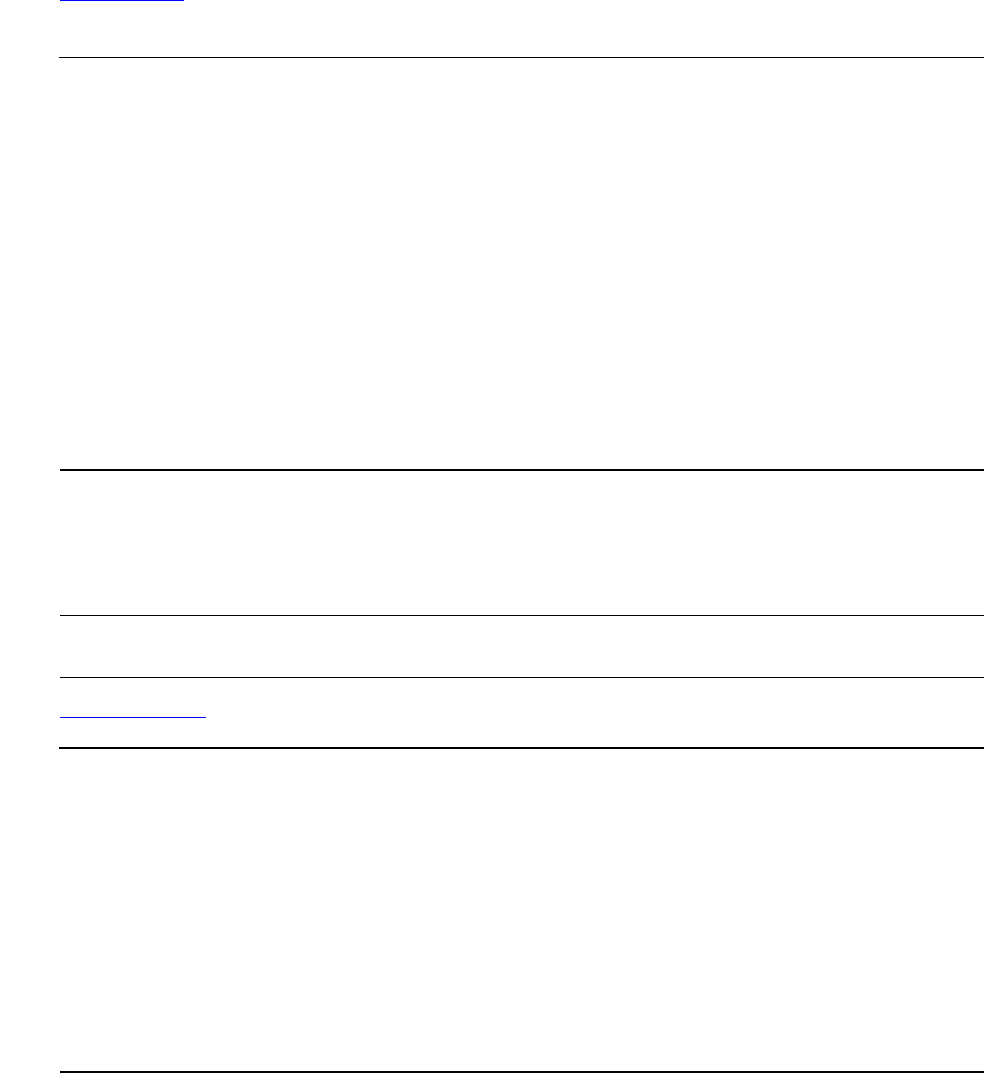Envoy Application Programming Manual
Table Of Contents
- What’s New in This Manual
- About This Manual
- 1 Application Programming With Envoy
- 7 ADM-2 Multipoint Supervisor Protocol
- 8 TINET Multipoint Supervisor Protocol
- 9 Burroughs Point-To-Point Protocol
- 10 Asynchronous Line Supervisor Protocol
- A ASCII Character Set
- B ASCII to EBCDIC Code Conversion
- C File-System Procedures
- D Statistics Messages
- E S-Series Changes to Envoy
- NonStop™ Himalaya S-Series Server Architecture
- G-Series Migration Considerations
- CBSENSEON and CFSENSEON Modifiers
- LEOTRESYN and NOLEOTRESYN Modifiers
- Treatment of Characters After the Termination Character
- Number of SYN Characters
- DTR Drop
- Reporting of Parity Error
- Half-Duplex Support for Asynchronous Lines
- Controller Replacement
- SYSGEN and COUP
- Unit Numbers
- FDX Line Changes
- No Support for Auto-Call Unit
- Glossary
- Index

Asynchronous Line Supervisor Protocol
Envoy Application Programming Manual—427159-001
10-19
CONTROL 15 and SETMODE 15 (Break)
Table 10-14 shows the SETMODE procedures needed to define the different types of
break characteristics.
Continuous break must be defined every time it is required by calling SETMODE before
calling the CONTROL procedure. After the CONTROL call has completed, another call
to SETMODE should be made to restore the timeout value for the line and restore the
break detection on the receive line.
Example 10-4
shows how to define a noncontinuous break for 200 milliseconds:
Table 10-14. Break Characteristics Defined by SETMODE 15
Break Type Required SETMODE Procedures Description
Noncontinuous SETMODE 15, parm2 .<14> = 0 Specifies noncontinuous out-
put break.
SETMODE 15, parm1 = n Specifies the timeout interval
in 10-millisecond units. The
break signal lasts for the speci-
fied time interval.
Continuous SETMODE 15, parm2 .<14> = 1 Specifies continuous break.
The break signal stays active
on the transmission line until
either a WRITE operation is
invoked or a SETMODE
request is invoked.
Note. The timeout value is also used by READ and WRITEREAD calls. Therefore, you should
always restore the timeout to its regularly used value.
Example 10-4. Define a Noncontinuous Break for 200 Milliseconds
CALL SETMODE (fnum,15,,,old^value);! Obtains current values
CALL SETMODE (fnum,15,20,0); ! Note break detect disabled.
CALL CONTROL (fnum,15); ! Line in "space" condition.
! CONTROL completes after 200 ms.
! Error = 0.
CALL SETMODE (fnum,15,old^value[0],old^value[1]);
! Restores values










